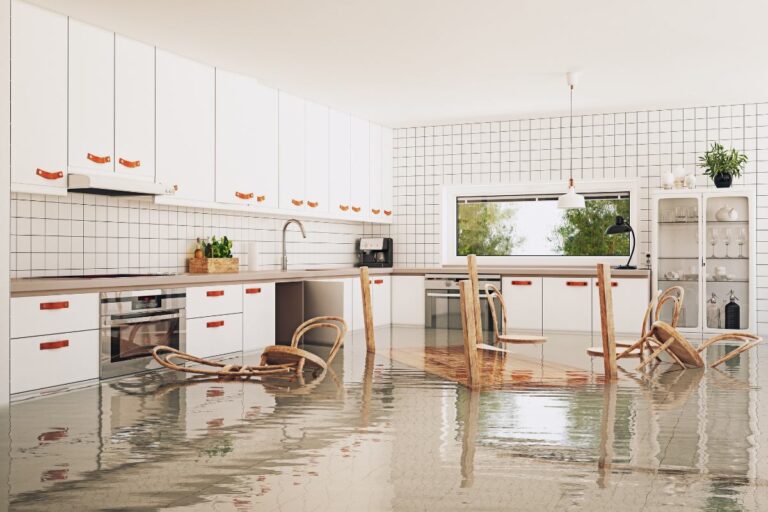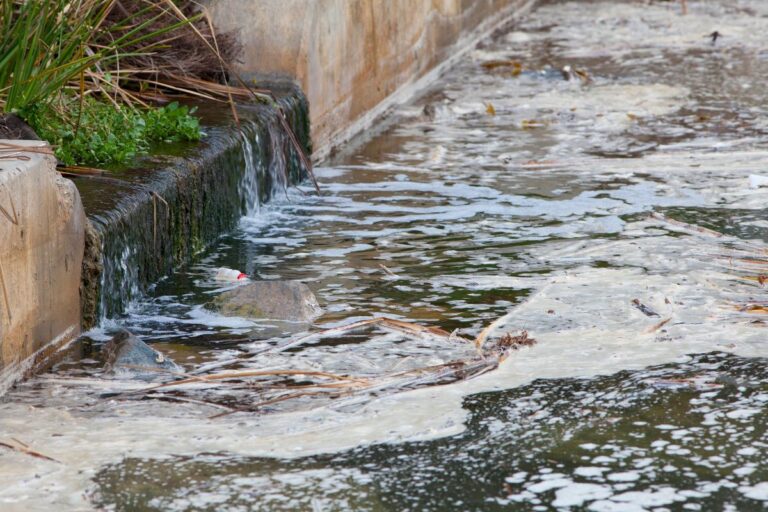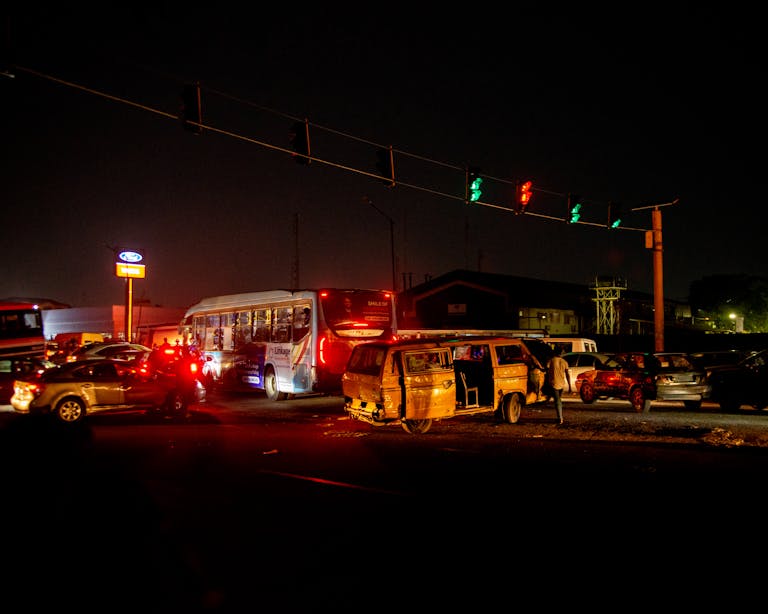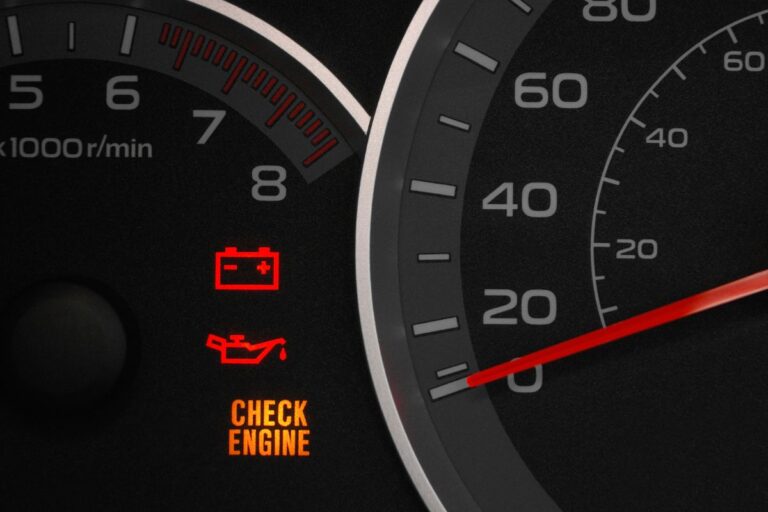If you’ve ever skimmed your home insurance policy (or let’s be honest, shoved it in a drawer), you’re not alone. Most of us just assume we’re covered for whatever life throws at us, until we find out the hard way that some disasters fall into the “you’re on your own” category.
Here are five common home insurance surprises that catch people off guard, and some tips to help you avoid a nasty shock.
QUICK TIP: Document your belongings with a video walkthrough of your home once a year. Open drawers, closets, and cabinets to create visual proof of your possessions in case of a claim.
1. Mold Damage: The Silent Destroyer
That fuzzy green patch creeping across your ceiling isn’t just unsightly, it could be a financial nightmare waiting to happen. Most standard home insurance policies exclude mold damage resulting from long-term moisture issues, poor ventilation, or maintenance neglect.
While sudden and accidental water damage (like that burst pipe during last month’s freeze) typically includes coverage for resulting mold, the slow-growing variety from humidity or small leaks often falls squarely into the “sorry, not covered” category.
Fix: Ask about specific mold endorsements to add to your policy. Many insurers also offer preventive maintenance discounts if you install moisture sensors or smart water shut-off devices.
2. Sewer Backup: A Messy Exclusion
Picture this: You return home to find your basement filled with foul-smelling wastewater because the municipal sewer line backed up. Most homeowners assume this nightmare scenario is covered under standard water damage protection, but they’d be wrong.
Standard policies typically exclude sewer and drain backups entirely, leaving you to foot the bill for cleanup, sanitization, and repairs which can easily run into the thousands.
Fix: Add sewer and drain backup coverage to your policy. This affordable endorsement provides protection against one of homeownership’s most unpleasant surprises.
DID YOU KNOW? The average sewer backup claim costs $10,000-$20,000, yet this protection can be added to most policies for less than $100 per year.
3. Earth Movement: When the Ground Beneath You Shifts
Surprise! Most home insurance policies don’t cover damage from earthquakes or floods, two of the most catastrophic (and expensive) events you can face. These require separate policies and endorsements.
You probably already knew that earthquakes require separate insurance, but did you know that standard policies also exclude damage from landslides, sinkholes, and soil subsidence? Even in areas not known for earthquakes, ground movement can cause devastating structural damage.
Floods—whether from rising waters, storm surge, or groundwater seepage, also fall outside standard coverage, regardless of how deep the water gets or how much damage occurs.
Fix: Consider flood insurance through FEMA or private carriers. For earth movement concerns, ask about specific endorsements or separate earthquake/earth movement policies.
4. High-Value Items: Limited Protection for Your Treasures
You might assume your grandmother’s diamond ring or that fancy new gaming setup is fully protected. But it might not be as protected as you think. Standard policies have strict limits on jewelry, electronics, art, and collectibles.
- Jewelry (often limited to $1,000-2,000 total)
- Electronics (frequently capped at $2,500)
- Collectibles, art, and antiques (minimal coverage without documentation)
- Cash (typically limited to $200-$300)
Fix: Schedule valuable items individually with appropriate coverage limits, or ask about blanket valuable items coverage for collections. Keep detailed records including receipts, appraisals, and photos.
MYTH BUSTER: Your homeowners insurance doesn’t automatically increase when your home’s value rises. If you’ve made significant improvements or home values have surged in your area, you might be underinsured.
5. Unexpected Service Line Failures
When that water or electrical line running from the street to your house fails, the repair often falls into an ownership gray area. Many homeowners are shocked to discover that damages to service lines on their property are their responsibility and typically excluded from standard coverage.
Digging up and replacing these lines can cost thousands, not counting landscape restoration afterward.
Fix: Many insurers now offer service line coverage endorsements that protect against breaks, leaks, and failures to underground piping and wiring running through your property.
The Bottom Line:
Insurance policies aren’t exactly beach reading, but understanding what’s actually in yours could save you from financial disaster. Take time to review your coverage gaps and talk with your agent about affordable solutions to close them.
Remember: the best insurance surprise is no surprise at all.
WARNING SIGN: If your home insurance hasn’t been reviewed in the last two years, you’re likely missing new coverage options that could protect you from common exclusions.
Key Takeaways:
- Standard policies generally exclude mold, sewer backups, earth movement, and flood damage
- Valuable items like jewelry and electronics have surprisingly low coverage limits
- Service lines on your property may be your responsibility when they fail
- Most coverage gaps can be addressed with affordable endorsements or separate policies
Time for a Coverage Checkup?
Not sure what gaps might be hiding in your policy? A quick 15-minute review could prevent thousands in uncovered losses down the road. Reach out to discuss your current coverage and we’ll help identify any potential blind spots before they become costly problems.







